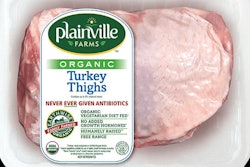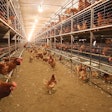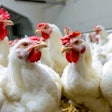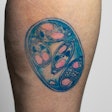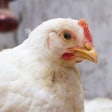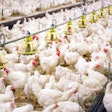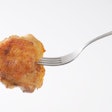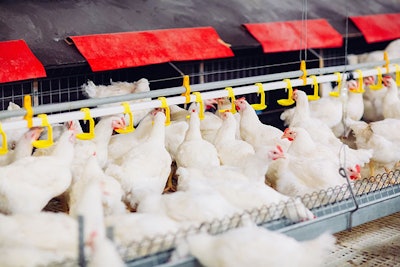
Different combinations of feed ingredients could be worth more than the sum of their parts when it comes to poultry performance and value of the bird.
“In the past, there have been a lot of studies on individual ingredients, so we are very excited now to have data on blends of ingredients as well,” Yvonne van der Horst, global product manager, Selko Feed Additives, explained.
Feed additive blends – made up of a combination of organic acids, plant extracts, prebiotics and probiotics – have become more common in poultry, livestock and even people in recent years under a concept called food synergy.
“In the food synergy concept, you combine different types of foods to deliver different nutrients,” van der Horst added. “In feed additives combined, you include the ingredients with a certain aim or a certain goal and when you combine those different goals, you have stronger effects compared to when you have individual ingredients.
Benefits of feed additive blends
The research project, which studied more than 7,000 birds at the Scandinavian Poultry Research Center in Norway, wanted to evaluate the effects of six different poultry feed additive blends and one control diet on return on investment (ROI), body weight gain and feed conversion ratio (FCR).
The seven feed additive blends were:
- Blend 1 is a blend of short- and medium-chain fatty acids (SCMFA), slow release C12, target release butyrates, and phenolic compound (capsicum extract).
- Blend 2 was a combination of probiotics and prebiotics containing a jejunum isolate, ileum isolate, caeca isolate, and plant-derived fructo-oligosaccharides from inulin.
- Blend 3 included a combination of organic acids and plant extracts with benzoic acid and a blend of essential oils.
- Blend 4 was a blend of organic acids and plant extracts, including short- and medium-chain fatty acids and essential oils.
- Blend 5 included glycerol-esterified SMCFAs and phytogenics, including essential oils, saponins, and bitter and pungent substances.
- Blend 6 combined a prebiotic and plant extracts, including Saccharomyces cerevisiae cell wall extracts, oleoresins from turmeric and chili peppers.
- Blend 7 combined organic acids and prebiotics and included dehydrated Saccharomyces cerevisiae culture with whole cells metabolites and medium nutrients and diformate.
Two rearing phases were studied. Researchers looked at an unchallenged phase from 0 to 14 days, followed by a challenged phase between days 14 and 28.
Economic and poultry performance benefits
The researchers found that feed additive blends had a positive impact on both poultry performance and production costs, increasing body weight gain by 6%, improving the FCR by 2% and adding up to US$0.054 per bird in terms of economic value.
“What we see is that each of the ingredients has its own mode of action in improving the gut health parameters,” van der Horst added. “When you combine these ingredients, you see a stronger effect on those parameters and that makes a blend usually more effective compared to individual ingredients.”



